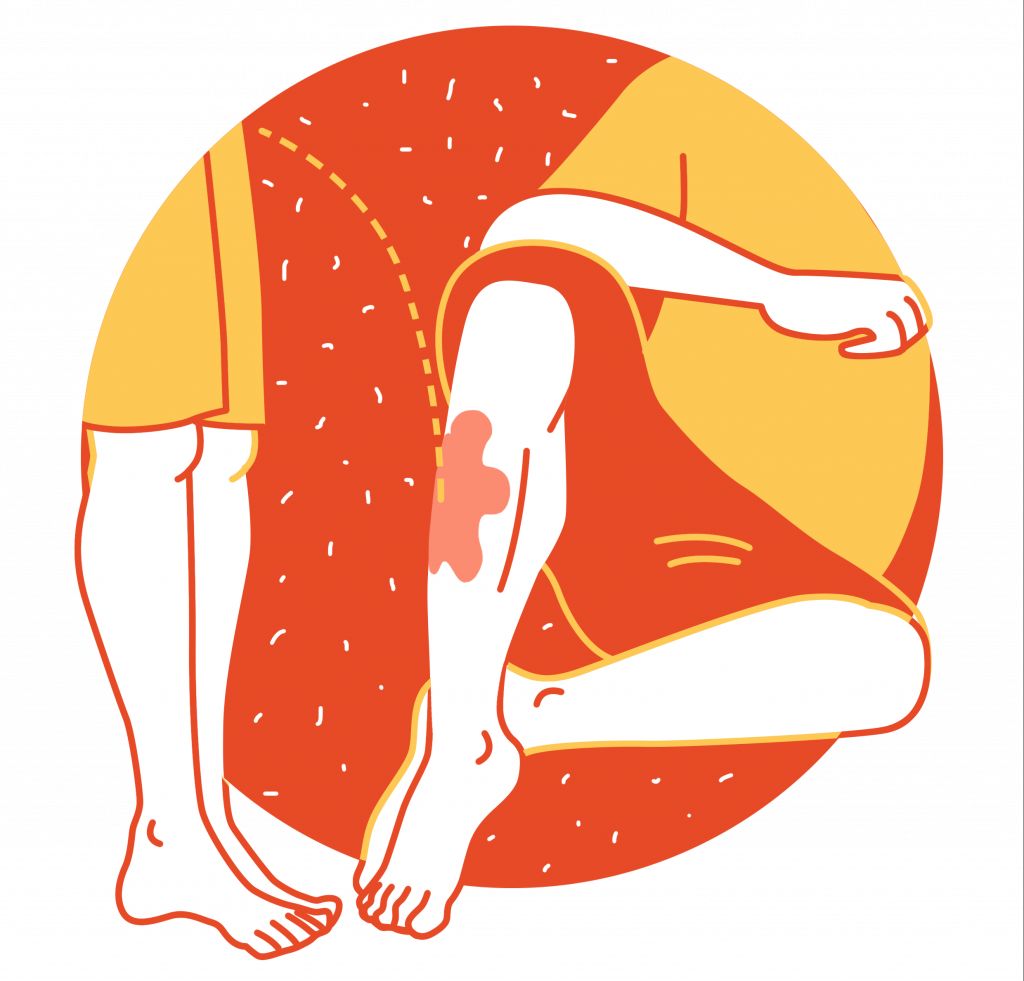The lack of basic emergency healthcare facilities in tourist destinations has turned dream vacations into nightmares. Tourists who suffer accidents in resorts have to travel kilometers to get to the nearest medical facilities; some even require airlifting. Because of the burden this brings, a lot of people resort to what they usually deem as “first aid.”
The problem is that without the presence of a healthcare professional, we cannot always be sure if the first-aid practices we know are actually effective, being properly carried out, or just worsening the situation. And this isn’t exactly avoidable, given that there are a lot of first-aid myths in the Philippines.
While we cannot be 100 percent sure about our stock knowledge of first-aid practices, it’s important the ones that we clearly need to avoid.
1. Pee on a jellyfish sting

Good news: You don’t have to ask your friend to pee on your sting. It’s awkward, weird, and not to mention dangerous. This misconception actually stems from another misconception—that urine is always acidic. It’s not; it varies for each person. Doctors recommend dousing the sting with vinegar for 15 to 30 minutes if you need an immediate pain reliever. Vinegar contains acetic acid, the type of acid that can alleviate the pain rapidly, and maybe even completely.
2. Suck on a snake bite to get the venom out
Contrary to common first-aid notions, sucking out the venom or applying a tourniquet will not save a snake bite victim as it will only make the venom spread or restrict blood flow. Instead, the Department of Health (DOH) advises bringing the patient to the hospital immediately. Make sure to also immobilize the bitten limb with a splint and avoid any interference with the bite wound as this may “introduce infection, increase venom absorption, and increase local bleeding.”
3. Tilt your head back when your nose is bleeding
We often tilt our heads back as a common response to a blood nose, as if we can control the blood flowing out of our nostrils. This move is definitely not recommended by doctors, since the blood may trickle down the back of the throat and lead to choking.
The best way to deal with a bleeding nose, according to Dr. Howard LeWine of Harvard Health, is to lean forward to prevent the blood from flowing, use enough pressure to pinch both sides of the nose against the septum or nose cartilage, and hold it for a minimum of five minutes. “The tissue on either side of the nose puts pressure on the bleeding blood vessel,” the doctor said.
4. Apply butter on burns
In the 19th century, German surgeon Friedrich Von Esmarch wrote in his handbook on battlefield medicine that applying any type of oil, grease, lard, and butter can heal burns “with the happiest results” since it is “far more soothing and generally alleviates the pain more rapidly.” But what he didn’t know is that the grease actually holds in the heat, preventing the wound from breathing and cooling dow. This will only damage the tissue further.
According to the DOH, burns can be treated by applying wet compresses or immersing them in cool water. The injured body part should then be elevated higher than the victim’s head. The department also puts it clearly: Do not attempt to treat serious burns with folk remedies.
5. Put a spoon in the mouth of someone having a seizure
The practice of putting a spoon in the mouth of a patient having an epileptic seizure is rooted in the belief that the patient might swallow their tongue, which is all wrong. First of all, it is impossible for someone to swallow their tongue, experts stressed. Second, if someone is having a seizure, no object should be placed inside the patient’s mouth.
According to Seth Omari Mensah, a researcher in the field of neurological disorders, this method could lead to complications like injury to the mouth, and although the patient will not swallow their tongue, they might swallow the object you’re putting in their mouth. The best way to deal with a seizure is to stay calm with the person, lay them on their side if you can, and keep them safe until they have fully recovered.
This story originally appeared on Northern Living Host Issue